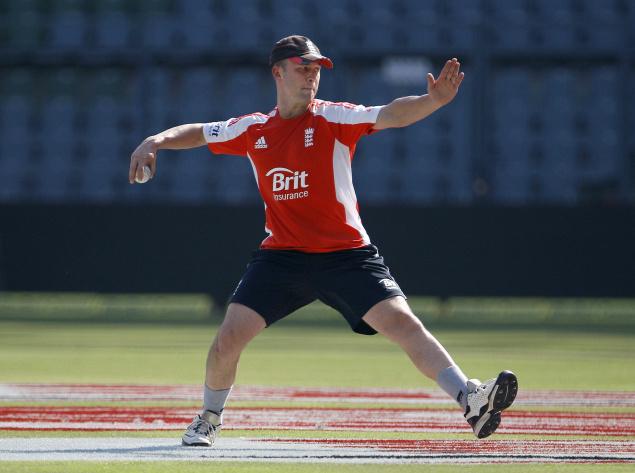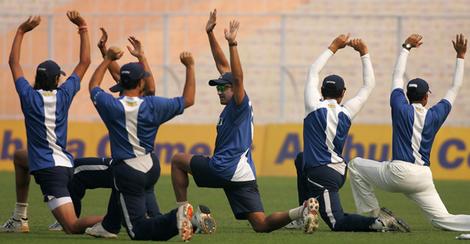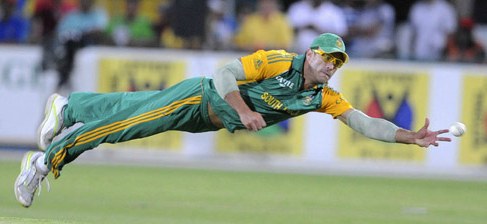The Throwing Grip
The Throw

- Hold the ball across the seam, as this helps generate more back spin on the ball as it travels through the air so that it carries further.
- Take a big stride and establish a strong side-on throwing base, with your lead foot pointing at your target and the back foot at 90 degrees to it. Stay relaxed with your knees bent.
- Bring your throwing arm back, point with your front arm at or slightly above your target.
- Keep throwing elbow above shoulder height.
- As you throw bring your non-throwing arm in towards your body and rotate/push your hips and shoulders through towards your target.
- Your throwing arm should come through the line of your target as you release the ball.
- As you throw you should feel a slight weight transfer from the back foot to the front foot, don’t forget to allow your body to follow through naturally once you’ve released the ball.
Aim to always throw the ball above the stumps, ideally to the wicket keeper or bowler on the full (with out bouncing) or with one bounce a few meters in front of the stumps, so that it bounces up above them.
To practice throwing is simply a case of repetitive practice of throwing at the wicket keeper or at a stump or set of stumps (if you’re practicing going for direct hits run out chances). Practice at different ranges and positions on the field.
Also practice under pressure situations. You could have batsmen running between the wickets and you have to field the ball and try to run them out by getting the throw in accurately to the keeper before they complete the run(s). Practicing under pressure will help you a lot when it comes to having to perform in matches, where stopping a single or a two could make the difference between winning and losing.
Reflect Catches – Training Tips
Reflect catches are those where you don’t have time to think about catching the ball, but where your body responds to its training automatically, as its trained response is to try and catch the ball, such as those catches at slip or short leg, where there is only a fraction of a second to respond and take the catch.
To practice reflect catches there are a number of drills you can do:
For example, get three players, a few cricket balls and find some space on the out field.
- One person sits on the ground with their legs out to the front and hands out ready to catch.
- The other two players then alternately throw their ball (one at a time) to either side of the catcher, who has to try to catch the ball and return it to the thrower.
- To make the drill harder, the thrower can increase the distance away from catcher with which they throw the ball and reduce the time between throws, so that the catcher is almost non-stop catching and returning and catching.
- The drill then repeat itself but with the catcher moving up on to their knees, then squatting and then standing. Do a minute or two in each position before rotating on to the next person in the group.
This drill is great for reactions, speed and agility and gets very tiring for the catcher if done properly.
Other drills include using catching cradles; catching nets and the traditional one of having some one throw the ball at a batter who then deflects it to a group of fielders in a ring behind.
Fitness (very briefly)

Fitness is very important in cricket, just like any other sport, as physical and mental fitness are intricately linked. Being and staying fit will help you remain alert and responsive for long games and is especially important for batting.
Aim to develop a consistent training programme, try to run 3 or 4 times a week and do some circuit training or strength training to remain in good physical condition.
